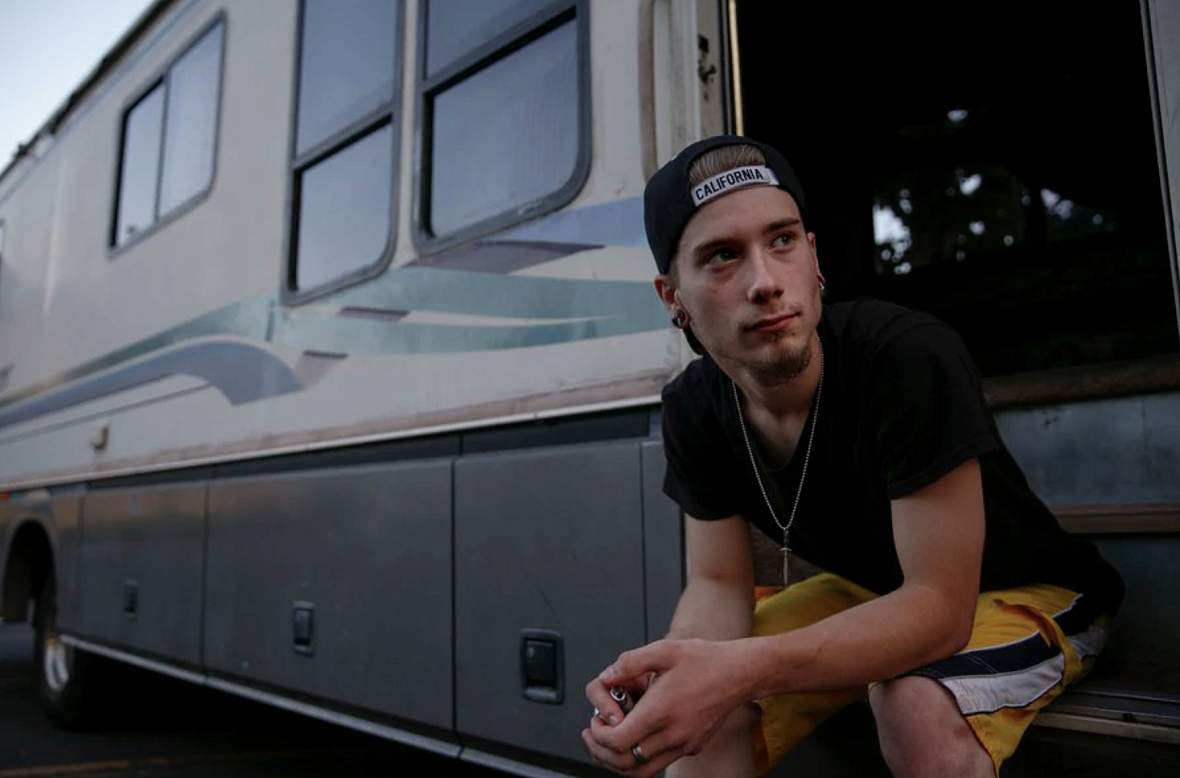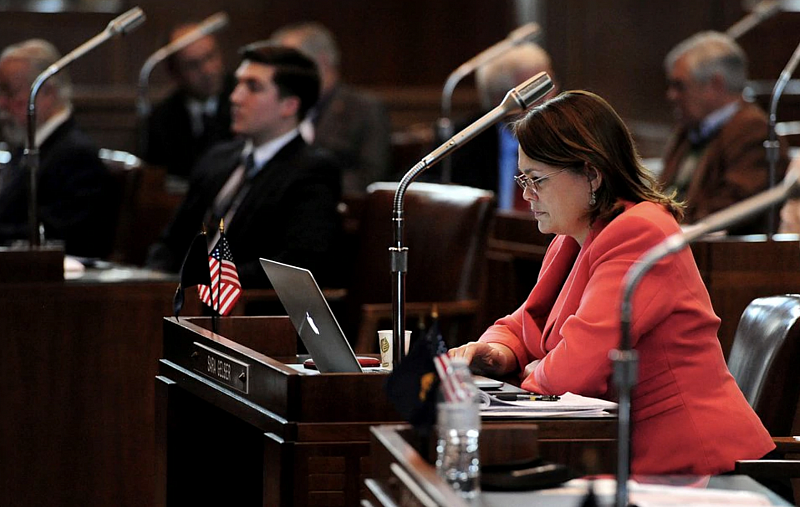Part 1: Inside Utah’s troubled teen industry: How it started, why kids are sent here and what happens to them
This story was produced as a Fellowship project by Jessica Miller, a participant in the 2019 Data Fellowship. It focuses on the troubled rehabilitation industry in Utah, where youth residential treatment centers are abundant but lack adequate oversight.
Her other stories include:
Paris Hilton says she was abused while at Utah facility for ‘troubled teens’
Part 2: Provo Canyon School’s history of abuse accusations spans decades, far beyond Paris Hilton
Paris Hilton creates petition to shut down Provo Canyon School
Paris Hilton leads rally against Provo Canyon School
Why we raised money to get reports on Utah’s ‘troubled teen’ treatment centers
Part 3: Utah faces criticism for its light oversight of ‘troubled teen’ treatment centers
Part 4: Former students at Utah troubled-teen centers say their reports of sex abuse were ignored
Utah inspectors find no problems in ‘troubled-teen’ facilities 98% of the time
Increased oversight is coming to Utah’s ‘troubled-teen’ industry
A girl, her hands zip tied, was forced to sit in a horse trough at a Utah ‘troubled-teen’ center
Utah officials want your help as they draft new rules for the ‘troubled-teen’ industry

Caleb La Chance, 18, sits on the steps of the RV he lives in for a portrait on Tuesd
(Abigail Dollins | Special to The Tribune)
A difficult kid in Alaska’s foster care system may soon find himself on a plane to Utah.
Parents in New Jersey with a rebellious teen may send her here.
A youth offender in Idaho may get sentenced to the Beehive State.
Why states send teens to Utah
When police get involved



A high number of police calls is a red flag that a treatment center doesn’t have the right programs and treatments in place, according to Lowry, with A Better Childhood. She believes undertrained staff don’t know how to deal with “troubled kids,” which can lead to fights or situations that get out of control.
How Utah became the place for residential treatment
Executive Director Megan Stokes said the industry continues to morph, and now it’s not just so-called troubled teens hiking in the desert heat. The programs have expanded into communal-living facilities in urban areas.
Utah’s popularity is based in part on its squeaky-clean reputation as the headquarters of The Church of Jesus Christ of Latter-day Saints, according to Ken Stettler, former director of Utah’s Office of Licensing, the government body that oversees these facilities.
An outcry from another state

One of the most vocal advocates for more regulation in Utah facilities doesn’t live here — she’s a legislator in Oregon.
State Sen. Sara Gelser said she tried to speak with Utah licensing officials as Oregon pulled its kids from Red Rock and other facilities because of concerns for their safety. She left feeling as if they were “annoyed that I would question what they were doing.”
“When it comes to Utah, there’s a conflict of interest,” she said. “It is such a revenue generator for that state, that there is a disinterest in actively monitoring these organizations.”
Slater, with Utah’s Office of Licensing, pushed back on that allegation, saying her office impartially follows the rules and statutes approved by “public input, industry standard and the Legislature.”
Gelser sponsored legislation earlier this year that would require out-of-state facilities that house Oregon foster kids to follow Oregon’s rules. That would mean facilities would be prohibited from using chemical restraints, and they would have to report child abuse or other licensing violations directly to Oregon officials, even those that involve children who aren’t from that state.


